Filter by

Consumer Energy Conservation Behavior After Fukushima Evidence from Field Exp…
This book presents an in-depth empirical analysis of consumer response to alternative policies for energy conservation. Its main focus is on innovative policy instruments that have attracted increasing attention from academics and energy conservation practitioners alike: critical peak pricing, conservation requests, in-home displays, and home energy reports. The book investigates the effects of…
- Edition
- -
- ISBN/ISSN
- 9789811010972
- Collation
- -
- Series Title
- -
- Call Number
- 333.7916
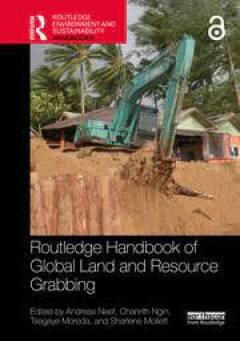
Routledge Handbook of Global Land and Resource Grabbing
This handbook provides a cutting-edge, comprehensive overview of global land and resource grabbing. Global land and resource grabbing has become an increasingly prominent topic in academic circles, among development practitioners, human rights advocates, and in policy arenas. The Routledge Handbook of Global Land and Resource Grabbing sustains this intellectual momentum by advancing methodologi…
- Edition
- -
- ISBN/ISSN
- 9781000902358
- Collation
- -
- Series Title
- -
- Call Number
- -
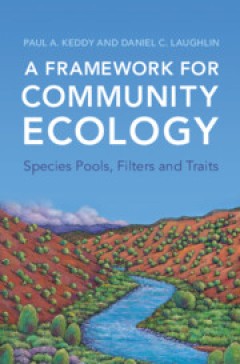
A Framework for Community Ecology
This book addresses an important problem in ecology: how are communities assembled from species pools? This pressing question underlies a broad array of practical problems in ecology and environmental science, including restoration of damaged landscapes, management of protected areas, and protection of threatened species. This book presents a simple logical structure for ecological assembly and…
- Edition
- -
- ISBN/ISSN
- 9781009067881
- Collation
- -
- Series Title
- -
- Call Number
- -
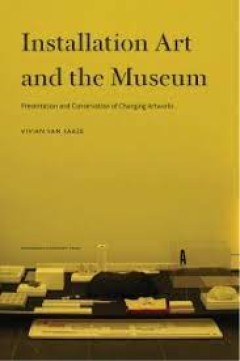
Installation Art and the Museum Presentation and Conservation of Changing Ar…
Installation art has become mainstream in artistic practices. However, acquiring and displaying such artworks implies that curators and conservators are challenged to deal with obsolete technologies, ephemeral materials and other issues concerning care and management of these artworks. By analysing three in-depth case studies, the author sheds new light on the key concepts of traditional conser…
- Edition
- -
- ISBN/ISSN
- -
- Collation
- -
- Series Title
- -
- Call Number
- -

True Truffle (Tuber spp.) in the World Soil Ecology, Systematics and Biochem…
This book focuses on the taxonomic diversity of the genus Tuber as economically important truffles. In contributions by internationally respected scientists, it examines truffle systematics, interactions with abiotic and biotic environments, strategies for spore dispersal, and molecular processes in truffles. Topics discussed include: evolutionary theories and phylogeny of Tuber species from As…
- Edition
- -
- ISBN/ISSN
- 978-3-319-31436-5
- Collation
- -
- Series Title
- -
- Call Number
- -

Inside Installations
In installatiekunst is alles mogelijk. De korte levensduur van de gebruikte materialen, technieken en media kunnen de beheerder van het werk echter tot wanhoop drijven. Wat bedoelde de kunstenaar? Hoe zijn de installaties ontstaan? Hoe kunnen deze geconserveerd en gedocumenteerd worden? Dit boek beschrijft de resultaten van een grondig onderzoeksproject, uitgevoerd door een internationale groep…
- Edition
- -
- ISBN/ISSN
- 9789048513659
- Collation
- -
- Series Title
- -
- Call Number
- -
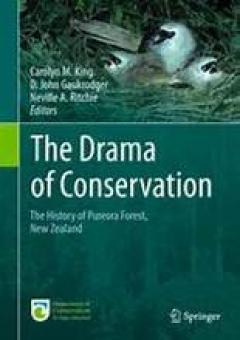
The Drama of Conservation
This book offers a sweeping history of Pureora Forest Park, one of the most significant sites of natural and cultural history interest in New Zealand. The authors review the geological history of the volcanic zone, its flora and fauna, and the history of Maori and European utilization of forest resources. Chapter-length discussions cover management of the native forest by the New Zealand Fo…
- Edition
- 1
- ISBN/ISSN
- 978-3319184098
- Collation
- 374 pages
- Series Title
- -
- Call Number
- -
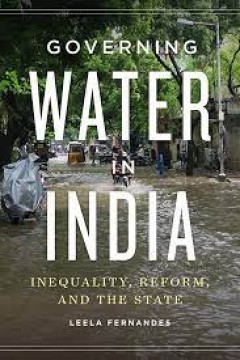
Governing Water in India Inequality, Reform, and the State
Intensifying droughts and competing pressures on water resources foreground water scarcity as an urgent concern of the global climate change crisis. In India, individual, industrial, and agricultural water demands exacerbate inequities of access and expose the failures of state governance to regulate use. State policies and institutions influenced by global models of reform produce and magnify …
- Edition
- -
- ISBN/ISSN
- 9780295750446
- Collation
- -
- Series Title
- -
- Call Number
- -
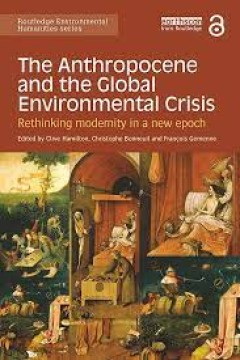
The Anthropocene and the Global Environmental Crisis Rethinking modernity in…
The Anthropocene, in which humankind has become a geological force, is a major scientific proposal; but it also means that the conceptions of the natural and social worlds on which sociology, political science, history, law, economics and philosophy rest are called into question. The Anthropocene and the Global Environmental Crisis captures some of the radical new thinking prompted by the arriv…
- Edition
- -
- ISBN/ISSN
- 9781317589099
- Collation
- -
- Series Title
- -
- Call Number
- -

Applied Soil Physical Properties, Drainage, and Irrigation Strategies
The book is a realistic blend of basic knowledge and understanding in soil physical properties. It will enable the reader to scientifically analyze soils to develop practical and successful means of providing sufficient drainage and to develop science-based irrigation strategies. Only basic mathematical knowledge is necessary to understand and apply the proven principles covered. With limited r…
- Edition
- Ed. 1
- ISBN/ISSN
- 978-3-319-24226-2
- Collation
- XX, 314
- Series Title
- -
- Call Number
- 630 MCC a
 Computer Science, Information & General Works
Computer Science, Information & General Works  Philosophy & Psychology
Philosophy & Psychology  Religion
Religion  Social Sciences
Social Sciences  Language
Language  Pure Science
Pure Science  Applied Sciences
Applied Sciences  Art & Recreation
Art & Recreation  Literature
Literature  History & Geography
History & Geography